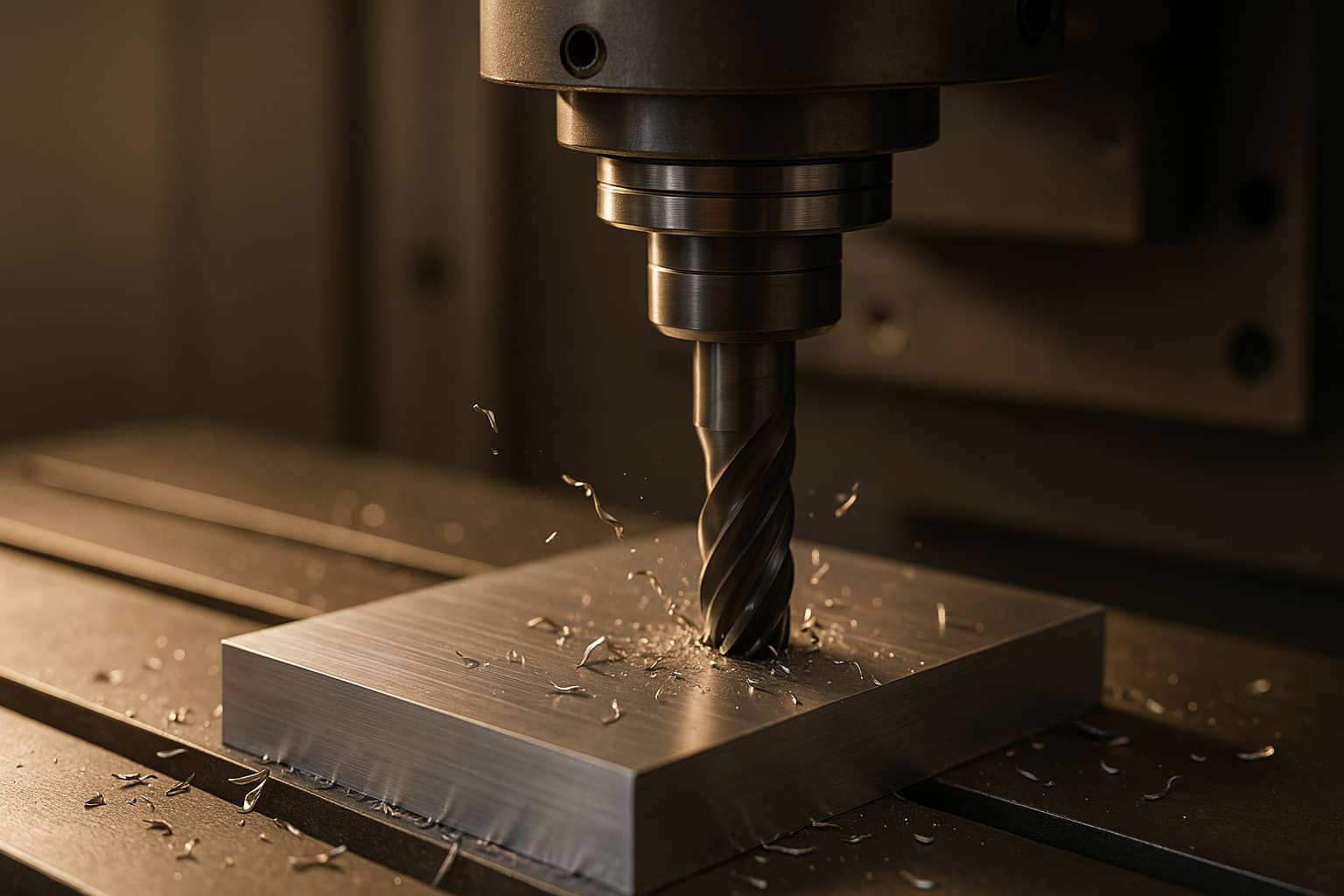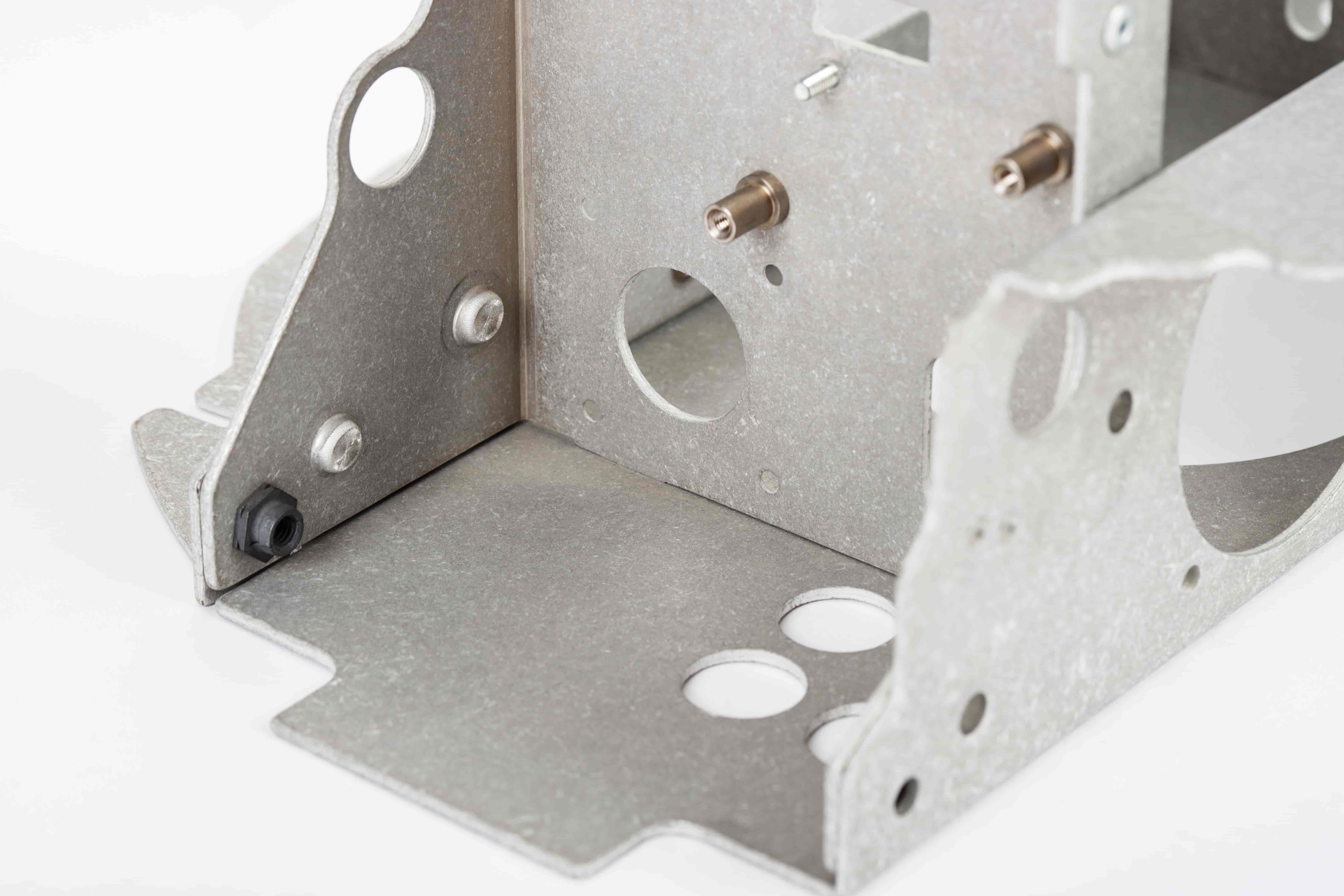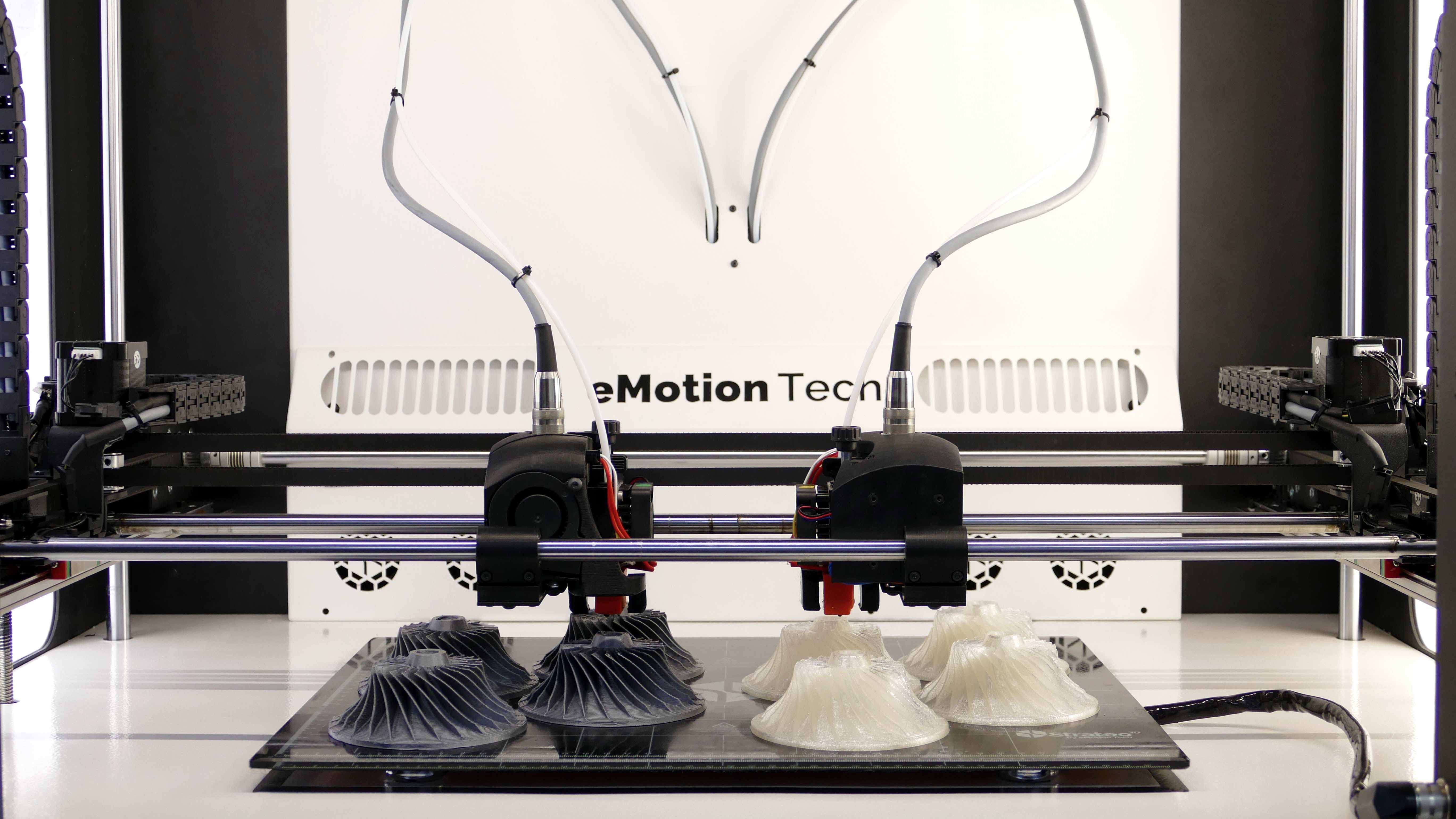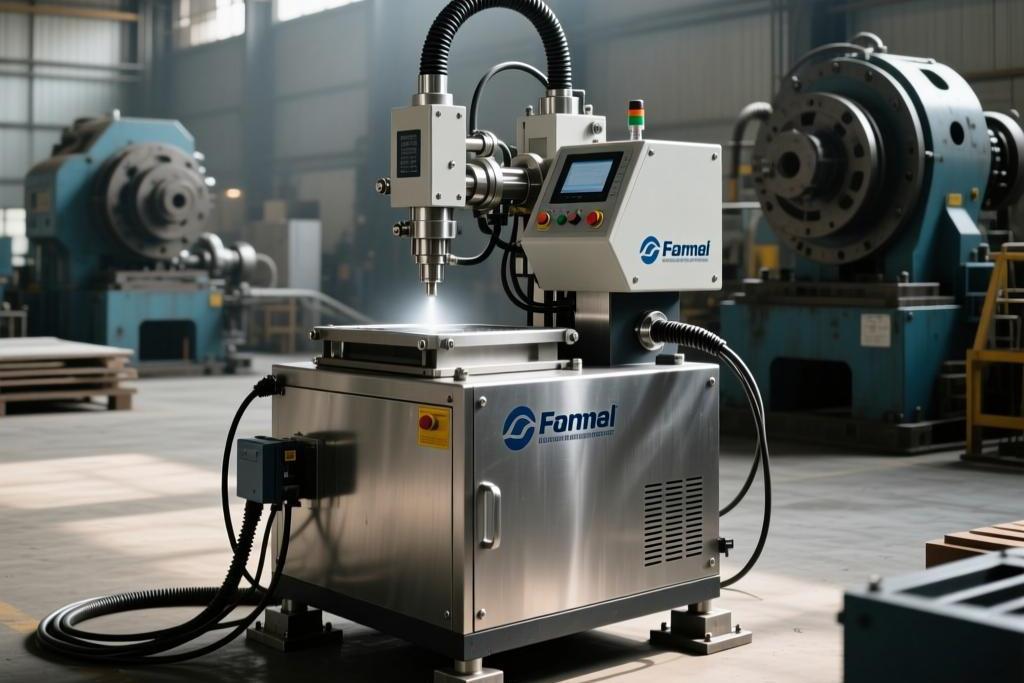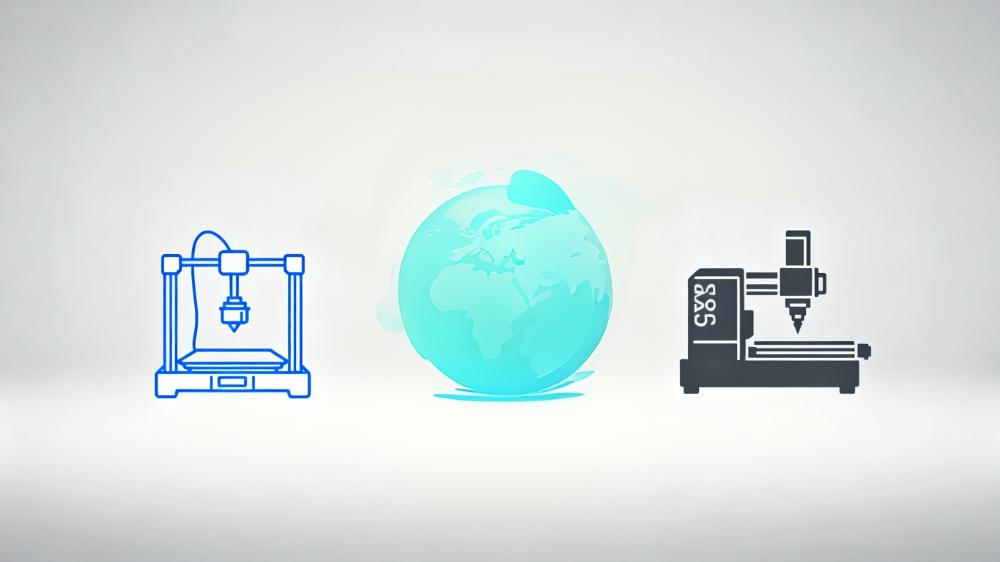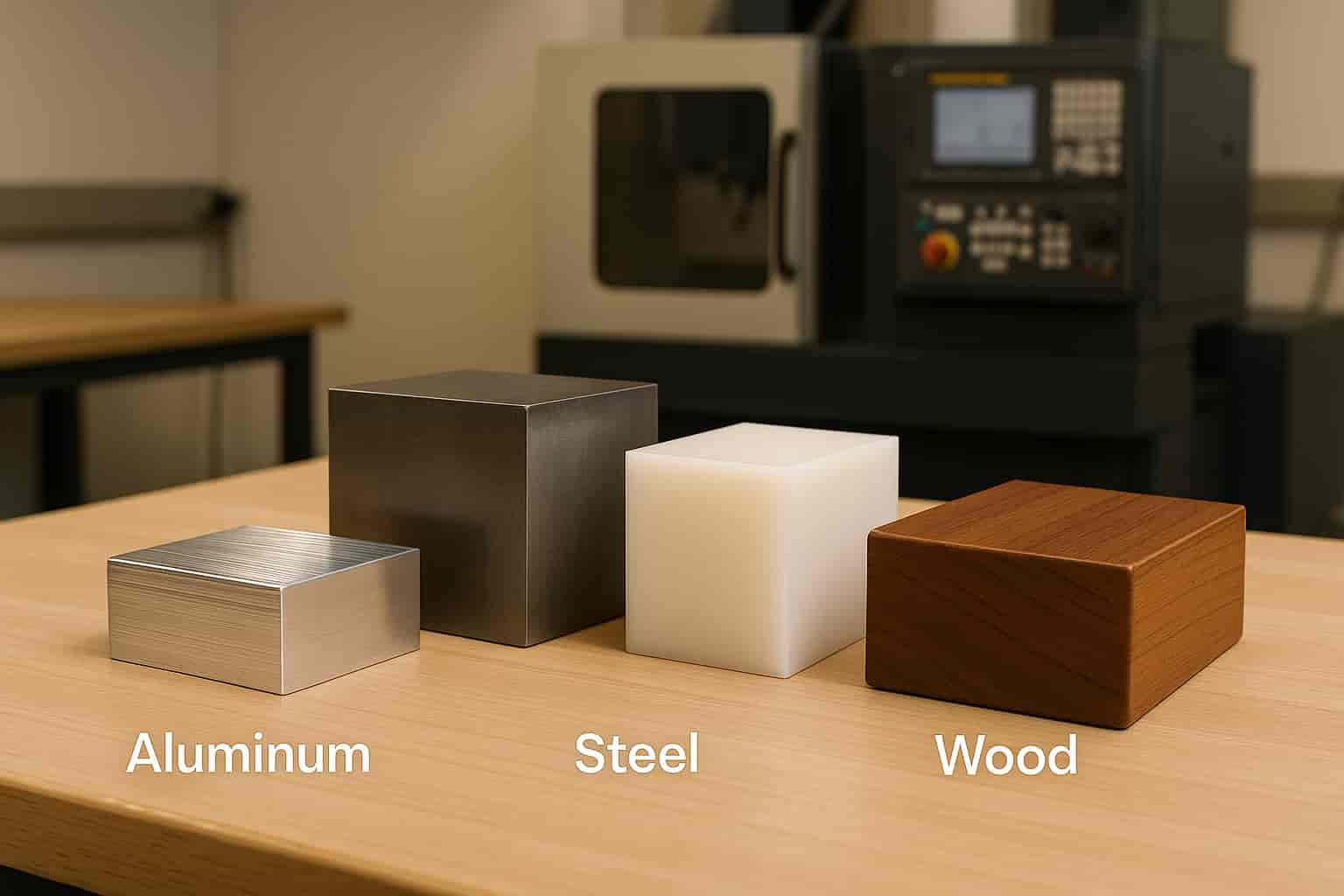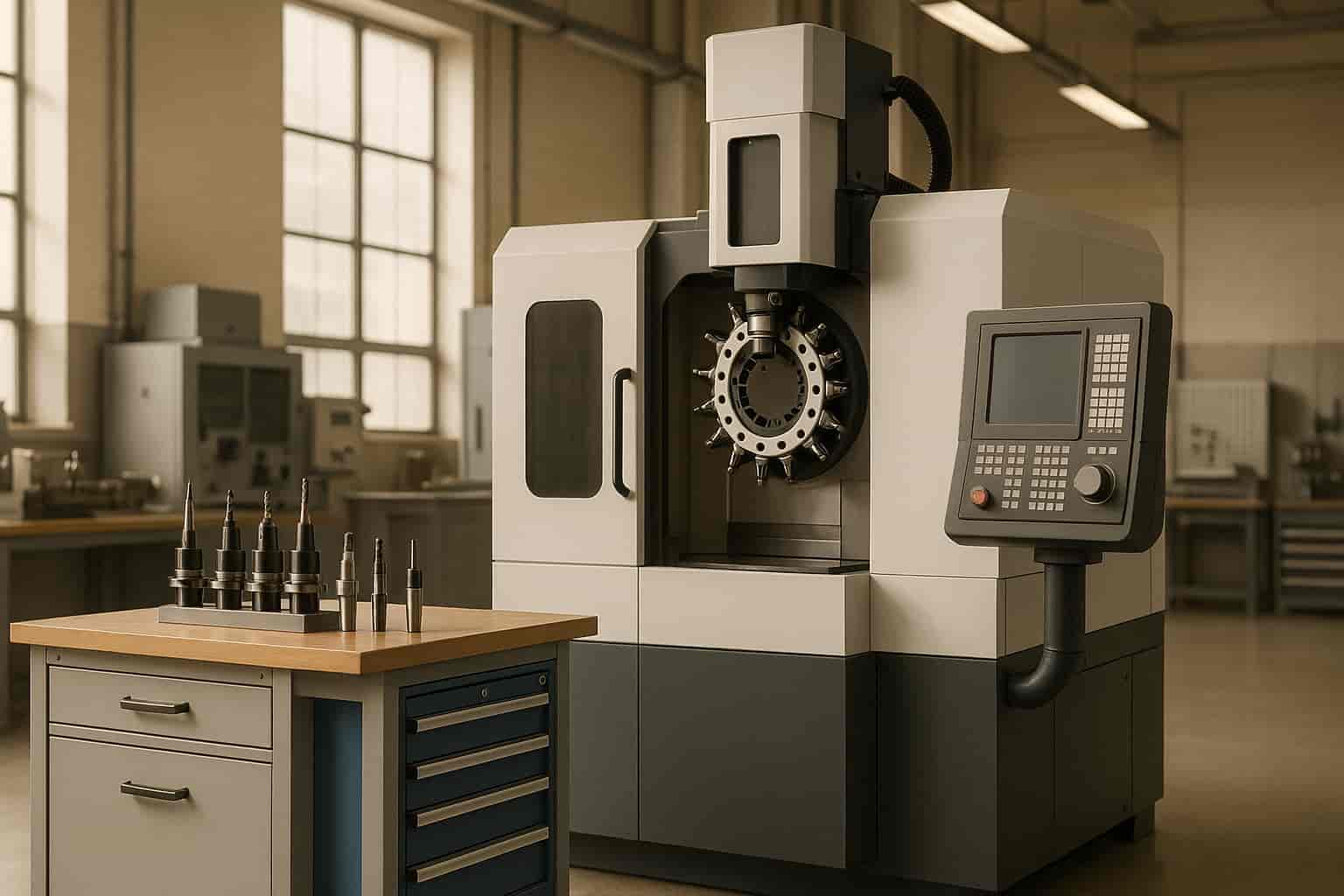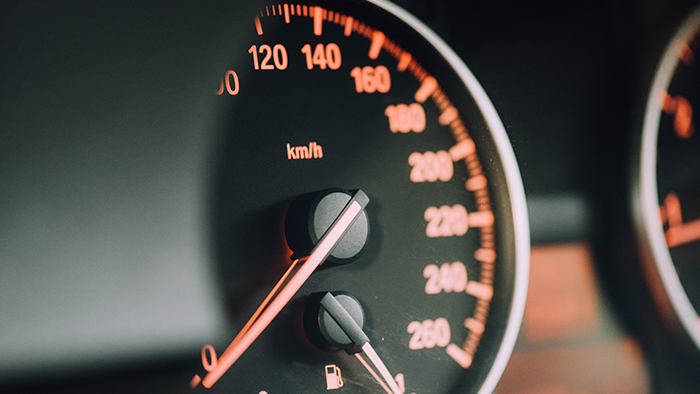As environmental protection and safety factors become more and more stringent for vehicles, the proportion of
high-strength hot stamping and forming parts in vehicle manufacturing has gradually increased and has become an important and indispensable component of vehicle body-in-white construction.|
rapid cnc machining
Hot stamping and forming is a part processing process. Hot-formed steel sheets heated to high temperatures are pressed into a press and quenched in a mold for rapid cooling, resulting in a high-strength part. The technology was first patented in 1977 by the Swedish company Plannja and applied to the production of saw blades for weed whackers. Then in 1984, another Swedish company, Saab Automobile, used this process to manufacture the impact-resistant side beams of the Saab 9000, which was the first time thermoforming was applied to the automotive industry. Today, thermoformed products such as high-strength boron steel automotive parts are widely used in automotive body structural parts, i.e., white car bodies.
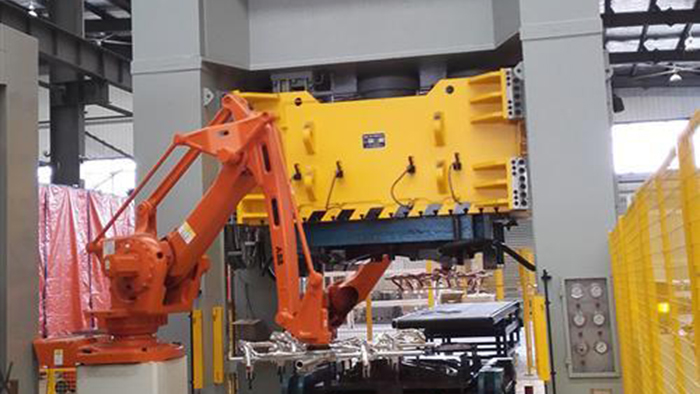
The popularity of thermoformed
automotive parts is largely due to the technology's greatest advantage: high strength. On the one hand, the application of high-strength parts can improve the overall structural strength and stiffness of the vehicle, which is conducive to crash safety and NVH (noise, vibration and sound vibration harshness) performance. In addition to hot forming steel, the traditional cold stamping steel widely used in body-in-white, such as DP-CP (dual-phase - complex phase) steel, TRIP (phase change induced plasticity) steel and other ultra-high strength steels have a tensile strength of about 1000MPa, while the tensile strength of quenched hot forming steel can reach 1500MPa, which is 1.5 times higher than the general cold stamping ultra-high strength steel.
On the other hand, the application of high-strength materials means that fewer materials can be used without reducing safety, achieving the purpose of reducing the weight of the vehicle lightweight. In the fuel car era, the lightweight of the vehicle has been one of the main research directions of car companies. According to some data, for every 100kg reduction in vehicle weight, fuel consumption can be reduced by 0.3-0.6L per 100km, while CO2 emissions per km can be reduced by at least 15g.
Therefore, the vehicle light weight can not only improve the use of economic, and energy saving, environmental protection will also play a positive role. In addition, lighter overall vehicle weight is also beneficial to vehicle acceleration, braking and durability and other performance improvements. According to the research results of the International Aluminum Association, the vehicle quality is reduced by 10%, the braking distance can be reduced by 5%, the steering force is reduced by 6%, and the driving stability is better.
Entering the era of
new energy electric vehicles, vehicle lightweight is still very important. Large-capacity battery is like a double-edged sword, in making the electric car to meet the long-distance range at the same time, but also greatly increased the weight of the vehicle, which affects the energy performance, braking performance and handling.


